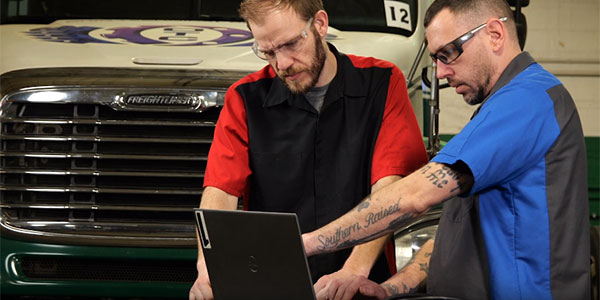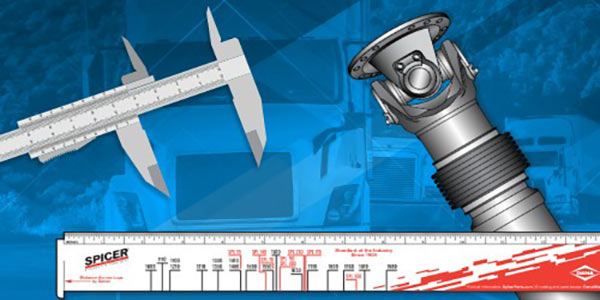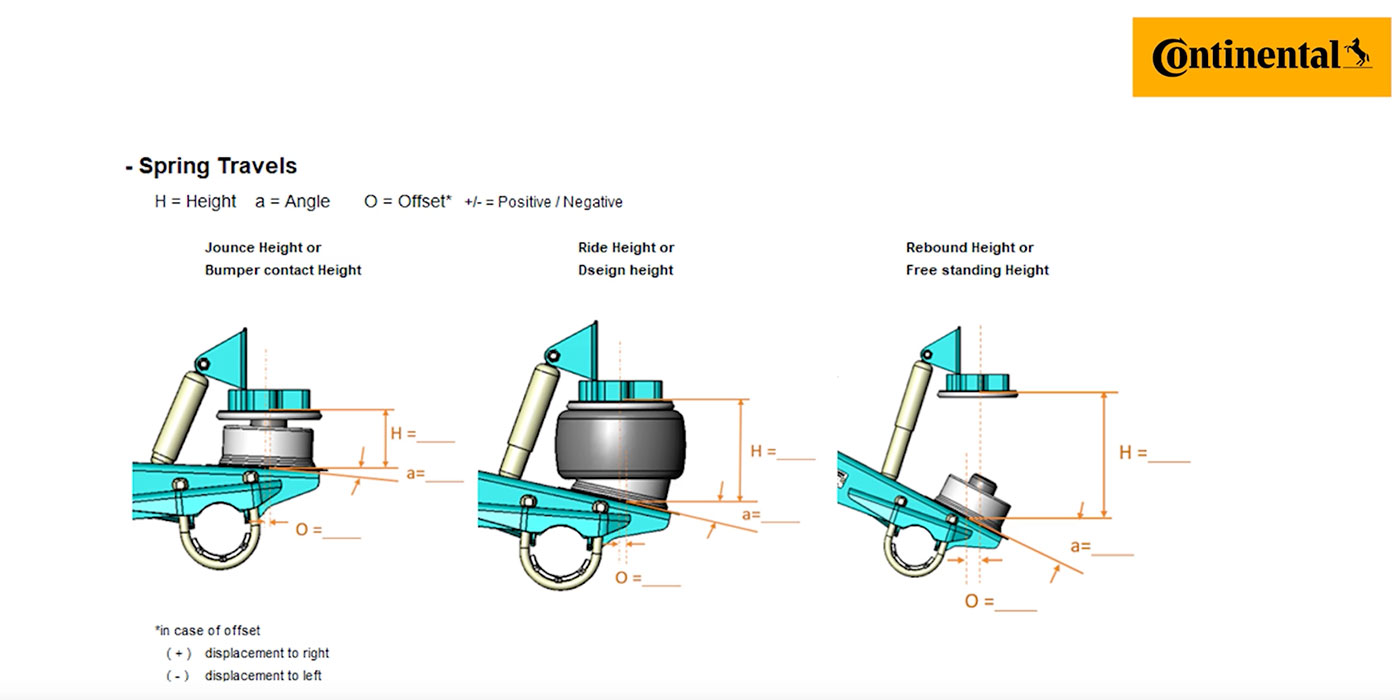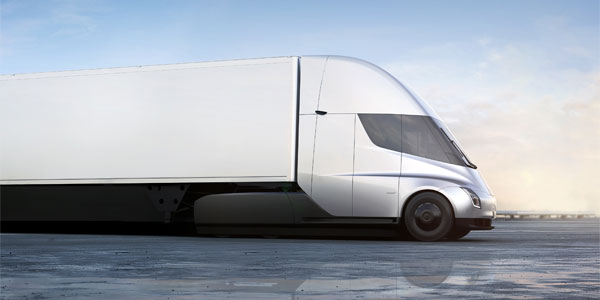
It’s no secret that electrification is among the hottest topics in the commercial vehicle industry today.
The transition from diesel to fully-electric vehicles has been on the horizon for more than a decade, and it’s expected to accelerate over the next 20 years.
Early adopters like FedEx have been running hybrid vehicles since 2004, and fully-electric delivery trucks are increasingly common.
In other words, the electric revolution is hitting us — full charge — and it’s not likely to end any time soon.
Despite valid concerns about cost and infrastructure, electric vehicles are the way of the future. The benefits are clear:
1. They’re good for the environment.
Diesel-powered vehicles are major greenhouse gas producers, whereas electric vehicles reduce or eliminate greenhouse gas production.
2. Performance
Electric commercial vehicles pack more horsepower, accelerate faster and can pull more load. They’re also quieter and easier to drive.
3. Maintenance is much simpler.
There are far fewer components in electric vehicles, which makes servicing them less complex.
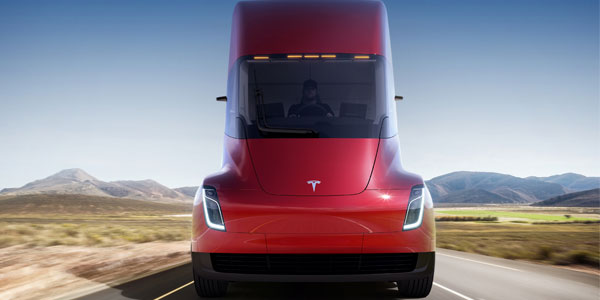
Cost vs. Opportunity
It’s true that electric vehicles are expensive, but government incentives in California and other states significantly reduce the overall cost.
Prices are also projected to drop quickly. Within 15 years, it’s expected that electric vehicles will be no more expensive than diesel equivalents.
Charging infrastructure is costly, and in some places the grid will need to be upgraded. But all of these barriers can be overcome.
The question is, how do you know if electrification is right for you? Here are some factors to consider.
1. What is your duty cycle?
Electric vehicles work best in operations that involve a lot of starting and stopping, like refuse collection or pickup and delivery fleets that return to the same location every day and can be charged overnight.
2. How complex is my service network?
In other words, how big a challenge will it be to retrain technicians?
3. Is environmental stewardship important to my business model?
If it is, electrification is clearly the way to go.
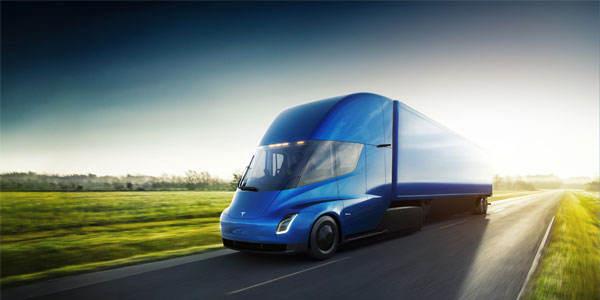
Talking about a revolution
It’s crucial to keep in mind that electric vehicle technology is still evolving, and there will be growing pains.
The onus is on OEMs to thoroughly test electric vehicles and resolve any concerns.
Still, electrification is where our industry is headed. It’s expected some fleets will be fully electric within 20 years, and many are already moving in this direction.
It’s natural to be cautious about change, but here’s my advice: Be prepared, and don’t be afraid.
Join me at the North American Commercial Vehicle Show (NACV Show), Oct. 28-31 in Atlanta, where the latest electric technology will be on display!
John Bennett
Vice President and Chief Technology Officer at Meritor

John Bennett is vice president and chief technology officer at Meritor, a leading global provider of technology and solutions for commercial and industrial vehicles. Meritor will be exhibiting at the NACV Show at Booth 6945.
This article was sponsored by the North American Commercial Vehicle Show (NACV Show). For more information about the NACV Show and how to attend, visit www.nacvshow.com/attend. Make sure to use promo code FST19 to get your free expo hall pass.*
*Not valid for non-exhibiting suppliers





